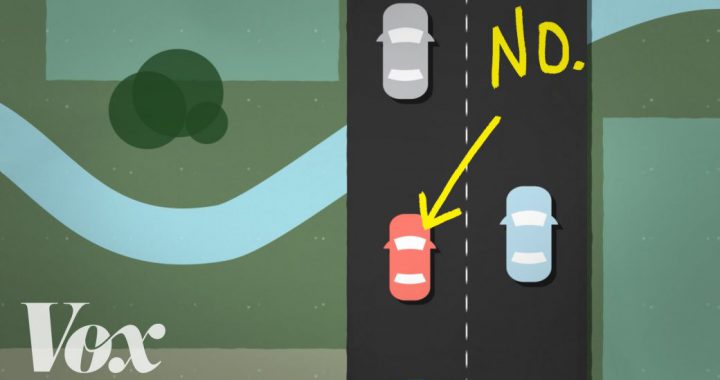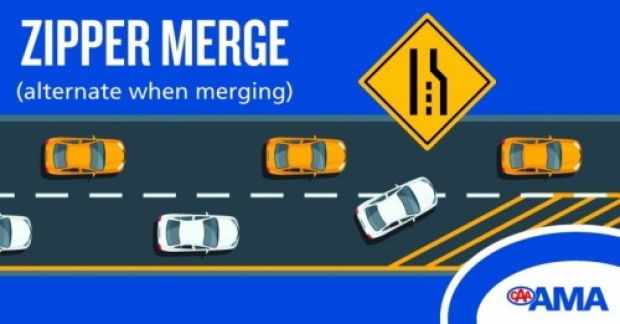Author Archive: topdog052017
The Safe Drivers Club: Tips for driving safely Cul-de-Sacs
Cul-de-sacs are lovely places to live. They remind me of lollipops in the way that they are shaped. Unfortunately they aren’t always sweet places to drive
A Cul-de-sac is a street that is closed at one end but the roadway at the end is mostly wide enough to continue turning around without stopping. See, they really do look like lollipops J With no through traffic, the cul-de-sac offers security, solitude and higher re-sale values. Cul-de-sac dwellers hold block parties and their children play hop-scotch in the middle of the street. People will let their pets and kids out to play IN the street without concern. You will see hockey nets, basketball hoops, bicycles left where they lay, chalk drawings and other indications that people consider the circle portion of the cul-de-sac as an extension of their driveway.
Drivers must be vigilant when in a cul-de-sac because of the unpredictable behaviour of the residents. This is because many people who live in this type of street don’t treat it like a public road. They will park their cars in odd angles and may drive past you and into their driveways without waiting to follow you around the cul-de-sac as they would on a regular straight road.
So how should you use a Cul-de-sac safely?
As you are coming down the straightaway part of the Cul-de-sac and you are approaching the circular end of the road scan the area to look for potential hazards. You need to look for static hazards such as things that may block your route; improperly parked cars, a centre island or Garbage and Recycling awaiting pick up. You will also want to mentally note any hazards that may be developing ones; kids playing, someone preparing to back out of a driveway, etc. When entering the loop proceed slowly and check your right blind spot for any bikes, pets, kids or other developing hazards; follow the curb along the right of the Cul-de-sac. As your vehicle begins to turn left around the cul-de-sac, shouldercheck to your left side to ensure that your path is clear and no one is coming down the straight portion of the road. If someone is there you need to adjust your speed and watch as the hazard potentially develops. You may have to give way to someone who is intent on entering his own driveway. Clear communication is a big help in this situation but many drivers don’t use it.
To signal left or not in a Cul-de-sac is one of those discussion starting subjects of driving. Some drivers say “Why would you? You are after all going along the same road and you wouldn’t signal for every curve in the road now would you?” And they could well be right in most situations. But here is the place a Safe Driver gets to shine. Although legally you don’t have to signal in a Cul-de-sac the differently opinioned driver says “It makes sense to signal in this situation because you are communicating with others within the Cul-de-sac that you are not turning into a driveway and are planning to head out of the circle in a left moving pattern onto the straight portion of the road that will exit onto a main road. This signal could dissuade someone passing you on the left into their driveway or kids on bikes riding out in front of you.” What would the Safe Driver do?
To assist in the turning, look left back down the road where you want your car to go but don’t get tunnel vision. Scan, Scan, Scan right up to the front of the homes being ready for any movement. Covering the brake and horn is a good idea in this type of situation.
Parking in Cul-de-Sacs
Good Manners make good Cul-de-sacs.
Vehicles in cul-de-sacs must park parallel to the roadway – “nose in” or angle parking is not permitted.
Vehicles in cul-de-sacs that park at an angle reduce the turnaround area available for vehicles. -Emergency vehicles and garbage trucks may not be able to access houses in cul-de-sacs if vehicles are parked at an angle, as they require a much larger turn radius than most passenger vehicles.
Vehicles must also be parked a minimum of 1.5 metres away from a driveway. As a result, many Cul-de-sacs are not designed to allow street parking.
Many neighbourhoods have unspoken rules about parking such as “No street parking past the neck. Any cars that can’t fit in driveways or garages are parked along the street leading into the bulb of the Cul-de-sac.” If you are visiting someone who lives in a Cul-de-sac, the Safe Driver always asks “Where do you want me to park?” or looks at the way the neighbours have done it.
Follow these simple rules of common sense driving and you will be on your way to becoming an honorary member of the Safe Drivers Club.



